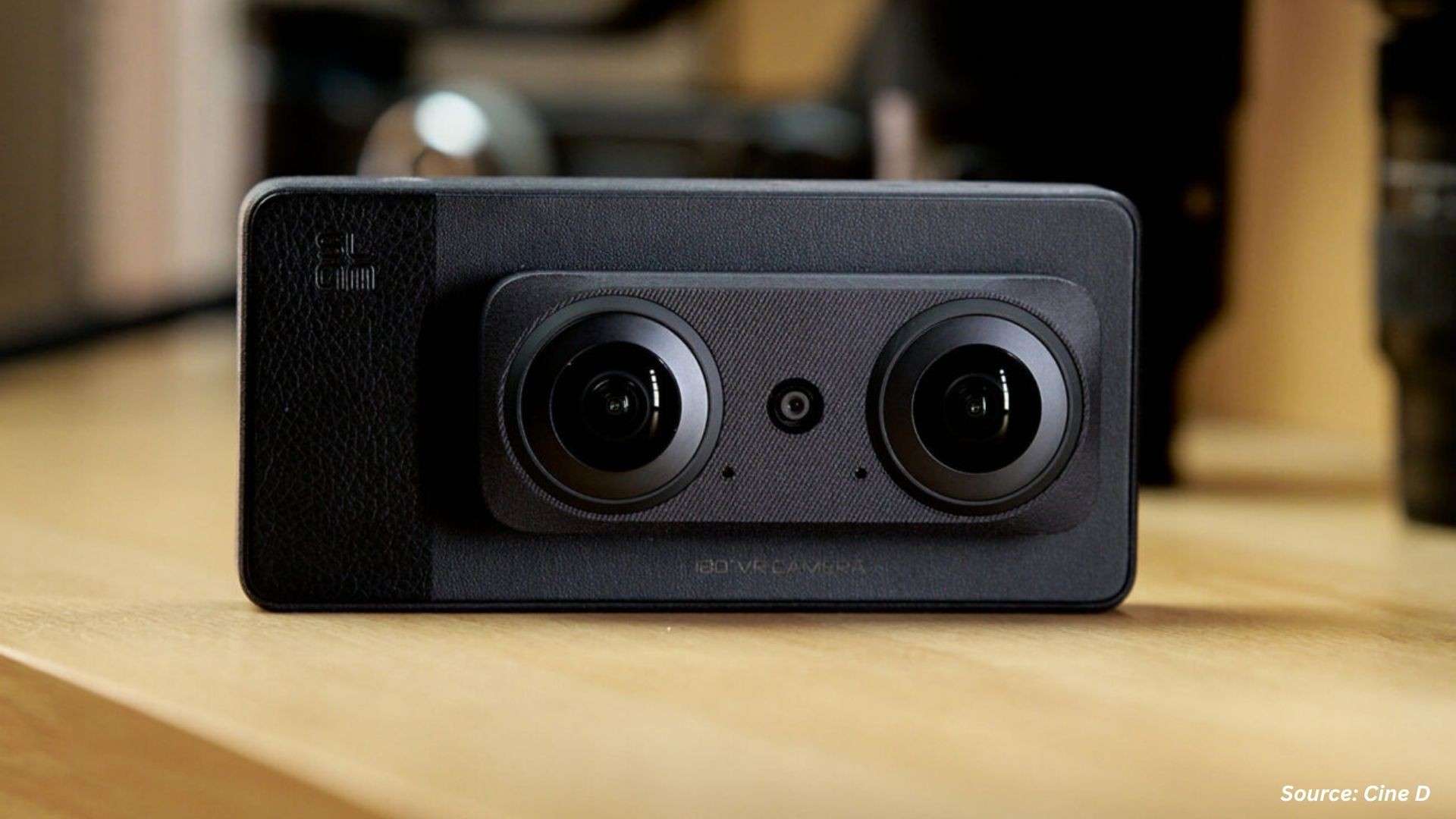
Enterprise Smartphone Market by Liability Type (Corporate-Liable Smartphone and Individual-Liable (BYOD) Smartphone), by Operating System (Android, iOS, and Others), by Price Range (High, Medium, and Low), by Ram Size (Upto 4 GB, Upto 8 GB, and Above 8 GB), by Distribution (Online and Offline) - Global Opportunity Analysis and Industry Forecast 2021-2030
Market Definition:
The Enterprise Smartphone Market size was valued at USD XX billion in 2020 and is predicted to reach USD XX billion by 2030 with a CAGR of xx% from 2021-2030.
The global enterprise smartphone market is anticipated to experience strong growth during the forecast period. Organizations around the world have been continuously allocating significant portions of their IT budget towards enterprise mobility in order to make their employees more productive. They make the purchase and hand over the smartphones to their employees. However, employees expect to use devices of their own choice.
Therefore, Choose-your-own (CYO) devices trend is on the rise wherein smartphones and other mobile devices are purchased and owned by employees, brought into the workplace, and used for business purposes. While allowing employees to use their own devices, boost their productivity, it also increases security concerns and vulnerabilities. The primary application areas of enterprise smartphones are customer relationship management (CRM), enterprise resource planning (ERP), supply chain management (SCM), sales force automation (SFA), order booking, billing and field service, and time management applications.
Market Dynamics and Trends:
Employee productivity is significantly boosted by enterprise smartphones, which allow them the flexibility to work anywhere outside of the office. When it comes to the selection of smartphones, many enterprises around the world believe that allowing their employees to choose smartphones that they would use for work is more important than reducing costs of enterprise mobility. Allowing employees device choice not only reduces cost of the company, but enables a larger number of employees have mobile access to corporate assets, apart from demonstrating progressiveness among other benefits.
However, increasing cost of enterprise smartphones and security risks vis-à-vis device management are the factors expected to restrain the growth of the market during the forecast period. On the contrary, increasing trend of bring your own device (BYOD) is expected to create ample growth opportunities for the market players in the coming years.
Market Segmentations and Scope of the Study:
The enterprise smartphone market is segmented on the basis of liability type, operating system, price range, ram size, distribution, and geography. On the basis of liability type, the market is divided into corporate-liable smartphone and individual-liable (BYOD) smartphone. On the basis of operating system, the market is classified into android, iOS, and others. On the basis of the price range, the market is categorized into high, medium, and low. On the basis of ram size, the market is segmented into upto 4GB, upto 8GB, and above 8GB. On the basis of distribution, the market is segmented into offline and online. Geographic breakdown and analysis of each of the aforesaid segments include regions comprising of North America, Europe, Asia-Pacific, and RoW.
Geographical Analysis:
North America is estimated to be the largest revenue contributor to the global enterprise smartphone market in 2020, and the trend is expected to continue during the forecast period owing to the increasing shift of IT service providers towards mobile devices and IP-based instant messenger facilities to counter dynamic market conditions and address evolving customer requirements. Also, the region is home to multiple enterprise smartphone vendors such as IBM, Blackberry Limited, and Cisco. These companies are proactively making acquisition of local players in other countries to expand their business operations.
For instance, in December 2020, Cisco, acquired IMImobilea, a London-based software provider. This acquisition aided the company in strengthening its product portfolio and providing end-to-end customer interaction management solutions to its customers worldwide.
In addition, the Asia-Pacific region is expected to grow at the highest CAGR in the enterprise smartphone market during the forecast period. This is mainly attributed to the growing number of employees using tablets and smartphones and increasing internet penetration across the region. According to the GSMA, the mobile economy 2018, mobile subscription has been increased significantly in the Asia Pacific region.
Competitive Landscape:
The enterprise smartphone market is comprised of various market players such as Microsoft Corporation, Cisco Systems, Inc., Blackberry Limited, Samsung, IBM Corporation, AirWatch (VMware, Inc.), MobileIron, Inc., Apple Inc, AT&T, and Huawei Technologies Co. These market players are adopting various growth strategies, such as partnerships, and collaborations to further expand their presence in the enterprise smartphone market and broaden their customer base.
For instance, in November 2020, Samsung Electronics announced that it will join Android Enterprise Recommended, a Google-led program aimed at making it easier for enterprise businesses to integrate mobile solutions into their operations. Samsung’s participation in the program gives Samsung’s customers added assurance that it meets – and exceeds – the hardware and software requirements set out by Google for the enterprise.
Key Benefits:
-
The enterprise smartphone market report provides a quantitative analysis of the current market and estimations through 2021-2030 that assists in identifying the prevailing market opportunities to capitalize on.
-
The study comprises a deep dive analysis of the enterprise smartphone market trend including the current and future trends for depicting the prevalent investment pockets in the market.
-
The information related to key drivers, restraints, and opportunities and their impact on the enterprise smartphone market is provided in the report.
-
The competitive analysis of the market players along with their market share in the enterprise smartphone market.
-
The SWOT analysis and Porter's Five Forces model are elaborated in the study.
-
Value chain analysis in the market study provides a clear picture of the stakeholders’ roles.
Key Market Segments:
By Liability Type
-
Corporate-Liable Smartphone
-
Individual-Liable (BYOD) Smartphone
By Operating System
-
Android
-
iOS
-
Others
By Price Range
-
High
-
Medium
-
Low
By Ram Size
-
Upto 4 GB
-
Upto 8 GB
-
Above 8 GB
By Distribution Channel
-
Online
-
Offline
By Geography
-
North America
-
U.S.
-
Canada
-
Mexico
-
-
Europe
-
UK
-
Italy
-
Germany
-
Spain
-
Netherlands
-
Rest of Europe
-
-
Asia-Pacific
-
China
-
Japan
-
India
-
Australia
-
South Korea
-
Taiwan
-
Vietnam
-
Rest of Asia Pacific
-
-
RoW
-
Latin America
-
Middle East
-
Africa
-
Key Players
-
Microsoft Corporation
-
Cisco Systems, Inc.
-
Blackberry Limited
-
Samsung Electronics
-
IBM Corporation
-
AirWatch (VMware, Inc.)
-
MobileIron, Inc.
-
Apple Inc
-
AT&T
-
Huawei Technologies Co.
REPORT SCOPE AND SEGMENTATION:
|
Parameters |
Details |
|
Analysis Period |
2020–2030 |
|
Base Year Considered |
2020 |
|
Forecast Period |
2021–2030 |
|
Market Size Estimation |
Billion (USD) |
|
Market Segmentation |
By Liability Type (Corporate-Liable Smartphone and Individual-Liable (BYOD) Smartphone), by Operating System (Android, iOS, and Others), by Price Range (High, Medium, and Low), by Ram Size (Upto 4 GB, Upto 8 GB, and Above 8 GB), by Distribution (Online and Offline) |
|
Geographical Segmentation |
North America (U.S., Canada, Mexico) Europe (UK, Italy, Germany, Spain, Netherlands, Rest of Europe) Asia-Pacific (China, Japan, India, Australia, South Korea, Taiwan, Vietnam, Rest of Asia Pacific) RoW (Latin America, Middle East, Africa) |
|
Companies Profiled |
Microsoft Corporation, Cisco Systems, Inc., Blackberry Limited, Samsung Electronics, IBM Corporation, AirWatch (VMware, Inc.), MobileIron, Inc., Apple Inc, AT&T, and Huawei Technologies Co. |

















 Speak to Our Analyst
Speak to Our Analyst

























